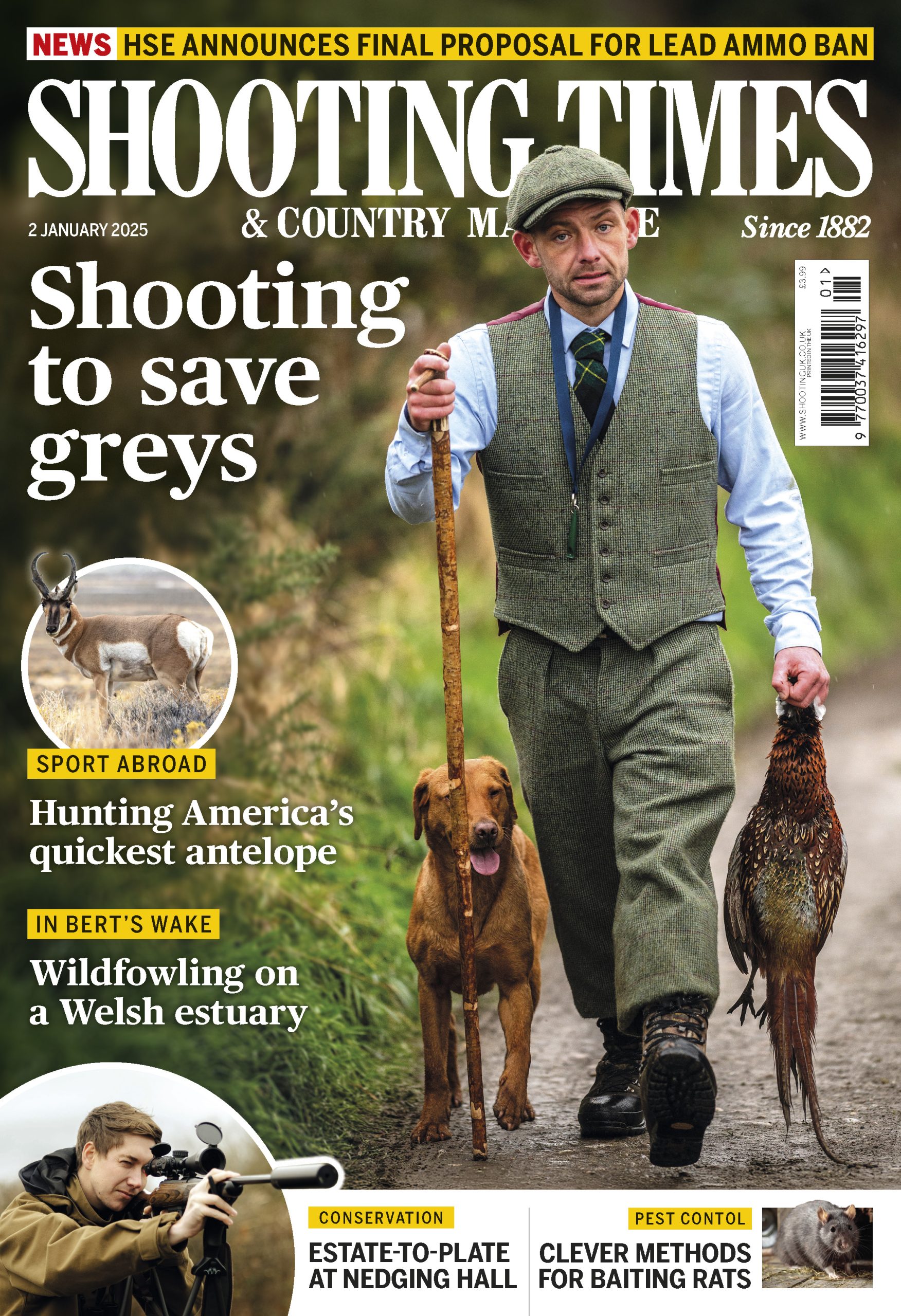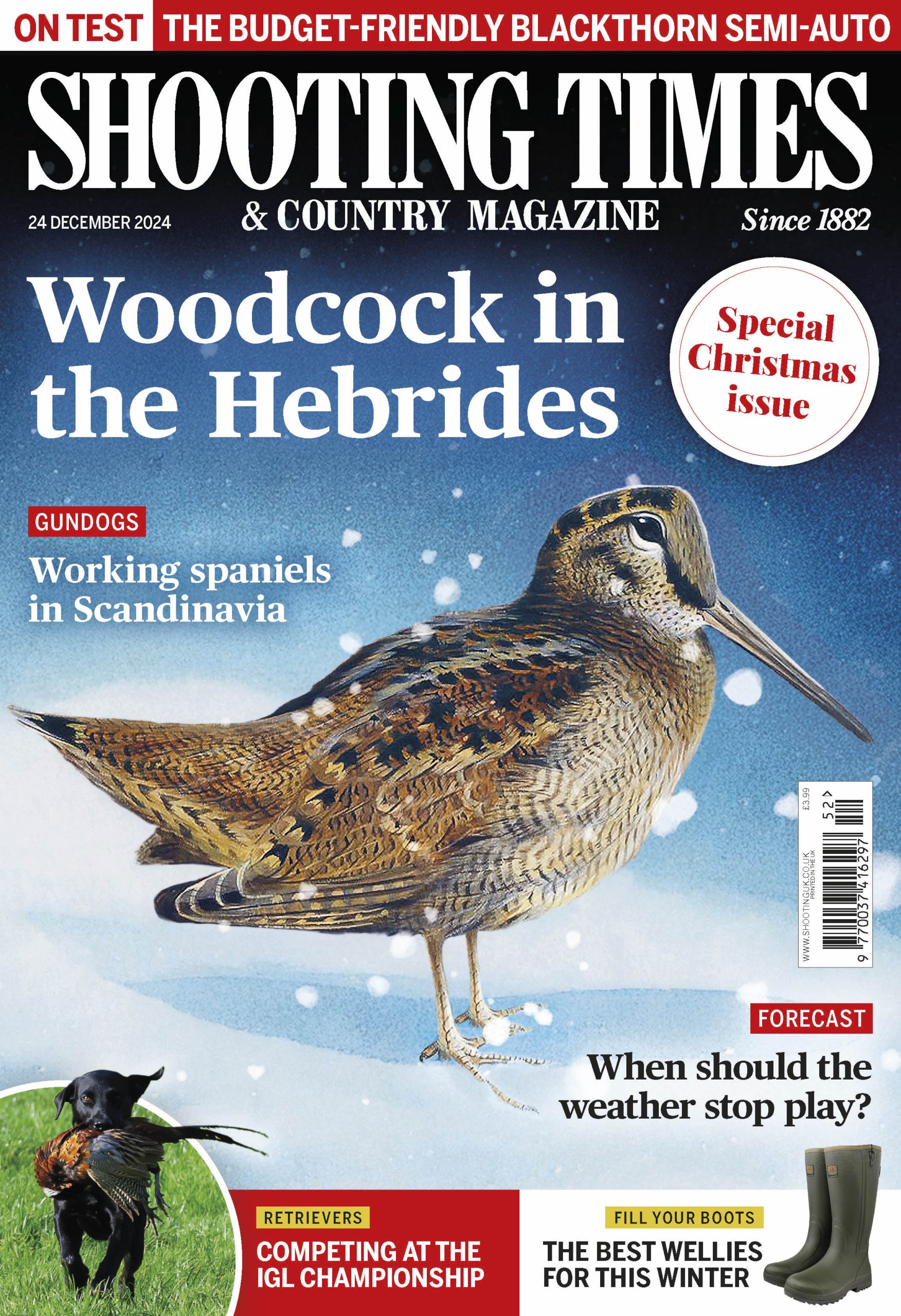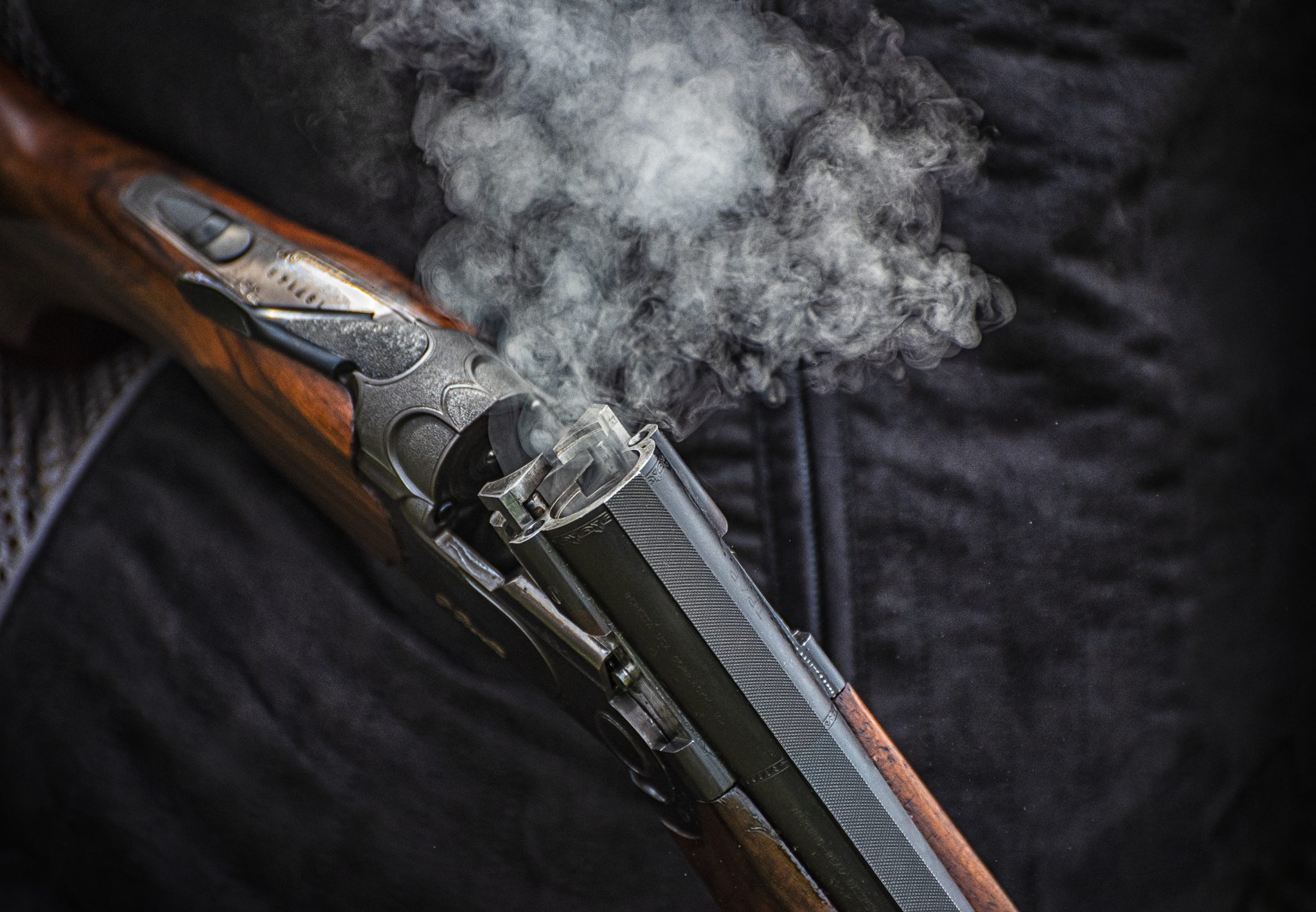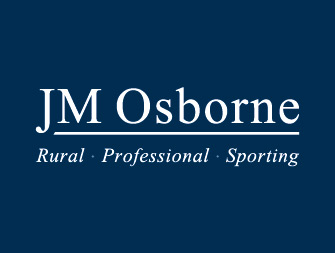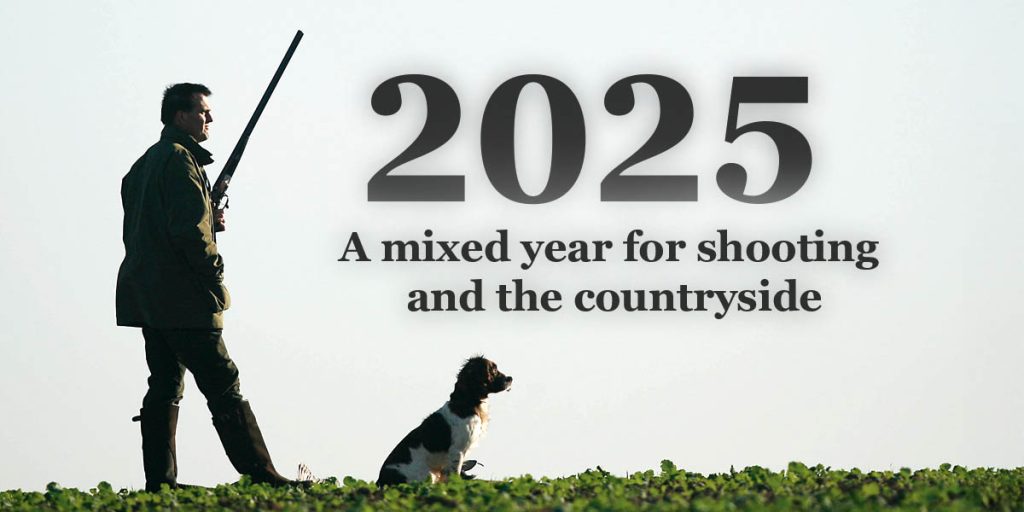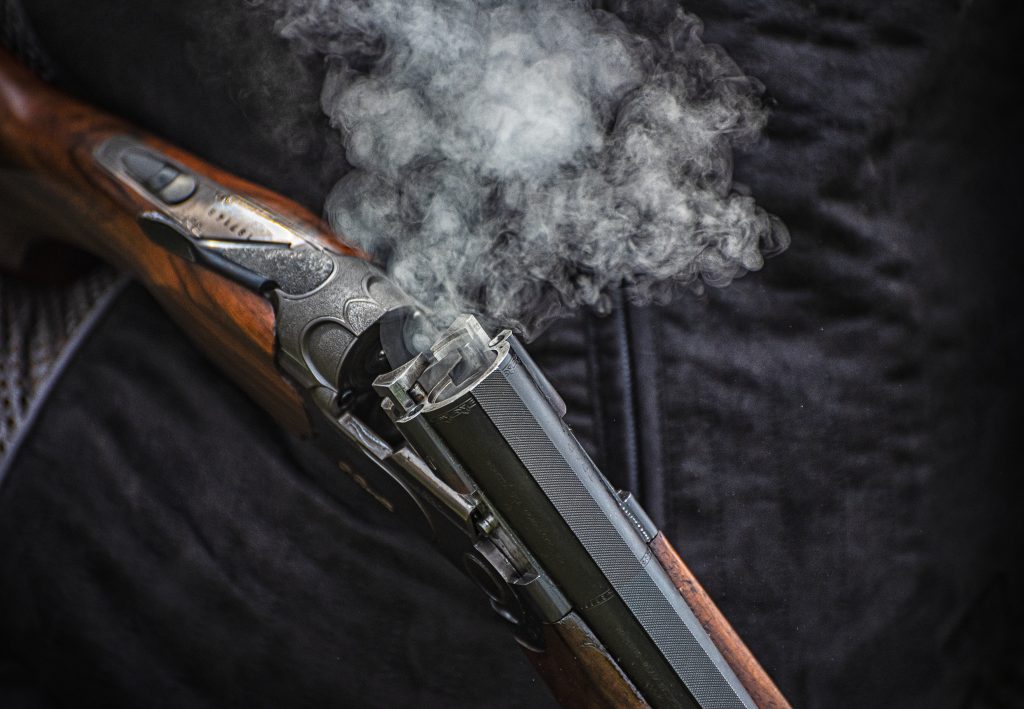Win CENS ProFlex DX5 earplugs worth £1,149 – enter here
RSPB director questions the impact of game releases
<strong>Controversial article highlights a "potential negative impact" on the environment of releasing pheasants for shooting</strong>
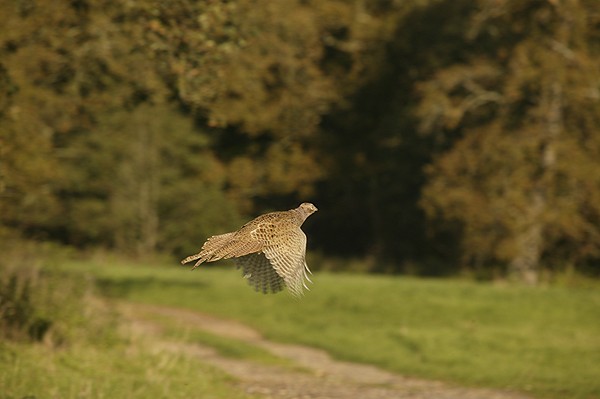
The RSPB?s director of conservation, Mark Avery, last week raised the issue of the environmental impact of releasing ?non-native? pheasants for shooting, questioning whether predator numbers are increased by what he called a meat bonanza.
In his blog posted on the RSPB website to coincide with the start of the pheasant season, Dr Avery wrote: The numbers of pheasants released into the UK countryside is enormous ? about 35million birds a year. Only 15million of hem are shot each year, which means that ?many of them must end up inside atural predators rather than in people?s freezers, ovens and tummies. That?s an awful lot of bird meat that is feeding crows and foxes and a range of other species isn?t it? I wonder how much the increase in some predator numbers is fuelled by this meat bonanza?
Later in the article he suggested that releasing pheasants could be causing declines in farmland birds: The most mischievous might suggest that live pheasants are eating food that native species such as finches and buntings should eat ?But the increasing (I think it?s increasing) trend for big-shoot days, where huge numbers of pheasants are released, worries many in the shooting community as well as seeming to me to be at the more worrying end of the spectrum from an ecological point of view.
He also indicated that the RSPB is undertaking research to discover whether shooting is impacting negatively on wildlife: We?ve given this a bit of thought but it is definitely work in progress.
The rest of this article appears in 20th October issue of Shooting Times.
What is YOUR opinion?
Join other ST readers in our forums to discuss your views.
Like this article? Mark this page on a social bookmarking website…
Related Articles
Get the latest news delivered direct to your door
Subscribe to Shooting Times & Country
Discover the ultimate companion for field sports enthusiasts with Shooting Times & Country Magazine, the UK’s leading weekly publication that has been at the forefront of shooting culture since 1882. Subscribers gain access to expert tips, comprehensive gear reviews, seasonal advice and a vibrant community of like-minded shooters.
Save on shop price when you subscribe with weekly issues featuring in-depth articles on gundog training, exclusive member offers and access to the digital back issue library. A Shooting Times & Country subscription is more than a magazine, don’t just read about the countryside; immerse yourself in its most authoritative and engaging publication.
